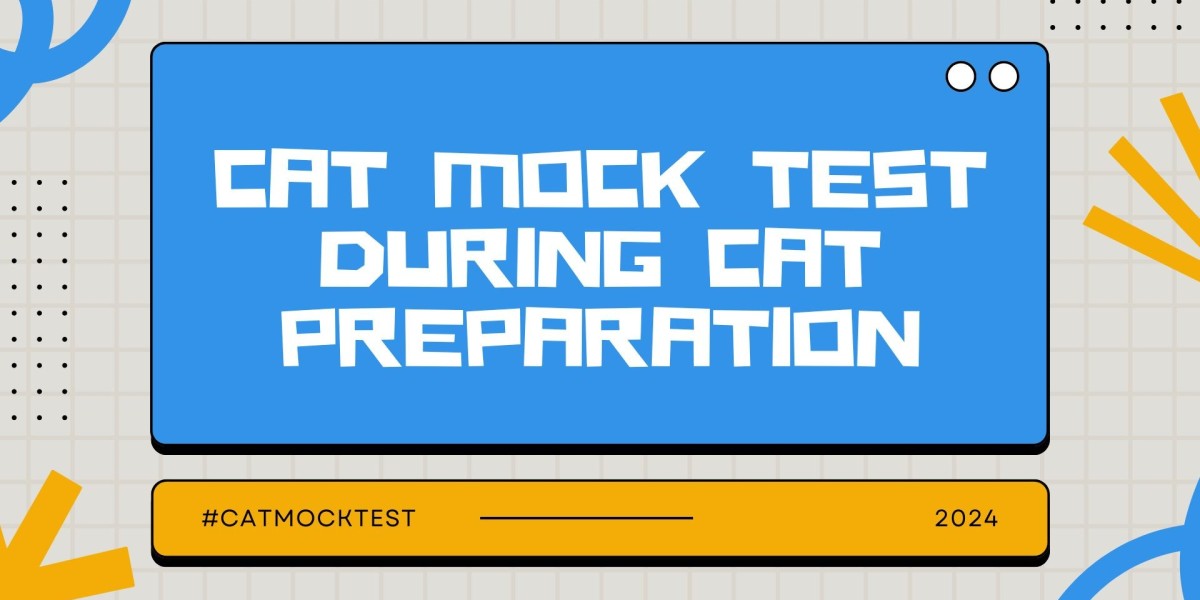IIM will release the official CAT Mock Test in the last week of October. The mock test is accessible through the CAT's official website. If a candidate is serious about the exam, they must complete mock tests. The competition is fierce, and candidates must be completely prepared for the exam to seize good opportunities.
CAT Mock Tests Help Acquaintance with the Exam Environment
CAT Mock Test helps candidates familiarize themselves with the exam environment and develop exam strategies. Admissions to top business schools are competitive, so a comprehensive strategy is required to ace the exam. CAT assesses a candidate's aptitude for management education, which requires practice. Without practice, it is difficult to achieve high aptitude scores.
Enhancing Problem-Solving Skills
To stand out from the crowd, candidates' problem-solving abilities must be exceptional. Mocks make all of this possible. Mock tests are an excellent way for candidates to gain experience solving difficult questions. Practicing mock sample tests trains the brain to work with paced accuracy.
CAT Exam Pattern
CAT Pattern is divided into three slots - VARC (Verbal Ability & Reading Comprehension), DILR (Data Interpretation & Logical Reasoning), and QA (Quantitative Ability). For IIM shortlisting, the candidate must score high in each section to clear the sectional score cut-offs.
The CAT Exam Pattern is shown in tabular format below. Candidates need to be aware of these details while preparing for the exam. These details help them understand the exam pattern and make it easy to structure the preparation plan.
Sections | Total No. of Questions | MCQs | TITA | Allotted Time |
Verbal Ability & Reading Comprehension | 24 | 19 | 5 | 40 Minutes |
Data Interpretation & Logical Reasoning | 20 | 15 | 5 | 40 Minutes |
Quantitative Aptitude | 20 | 14 | 8 | 40 Minutes |
Total | 66 | 48 | 18 | 120 Minutes |
CAT Syllabus
The CAT syllabus is broadly based on the IIM Ahmedabad CAT exam pattern. The exam is divided into three sections, which include both MCQ and non-MCQ questions.
Below is a sectional description as well as weightage information. Candidates must keep track of these details to ensure they are up to date on the latest syllabus.
Syllabus | Topics | Weightage |
Verbal Ability | Para jumbles, Summary Based Questions, and Sentence exclusion questions. | 8-10 questions |
Reading Comprehension | RC passages | 16 questions from RC |
Quantitative Ability | Number System, Algebra, Geometry, Arithmetic, Mensuration | Arithmetic and Algebra dominate the section with approx. 8 questions from each. |
Data Interpretation & Logical Reasoning | Seating Arrangement, Reasoning Based DI, Grid-Based DI, Graphs. Tables, Data Caselets | 2 sets with 10 questions in DI and 2 from LR |
CAT Mock Test: Types
There are three different types of CAT Mock Tests available. Candidates can avail of any of their preferences. These three types are discussed below.
- Full-Length Mock Test: These mock tests cover all sections of the syllabus. Their exam pattern is a replica of the CAT exam. They are attempted once the whole syllabus is completed and the candidate is ready to solve a full paper.
- Topic-Wise Mock Test: These mocks are topic-specific. Candidates can select any topic of their choice and can start solving it. Such mocks help candidates better understand each topic that may be covered in the exam.
- Sectional Mock Test: The CAT exam consists of 3 sections. These mocks are based on different sections, which help the candidates analyze their sectional performance. Candidates who are unsure about a specific section prefer these mocks.
CAT Mock Test: Score Pattern
Since these mock tests are replicas of the CAT exam, they follow the same marking scheme and pattern. The scoring pattern should be followed strictly in the mock tests as scoring high in these tests will also increase your performance level for the main exam.
The marking scheme of the CAT Mock Test is given below:
Section | MCQ | TITA Questions | Total marks |
Verbal Ability and Reading Comprehension | 20-21 | 4-5 | 78 |
Data Interpretation & Logical Reasoning | 20-21 | 2-3 | 72 |
Quantitative Ability | 20-21 | 4-5 | 78 |
Importance of CAT Mock Test
CAT mock tests help students be well aware of different question types expected in the exam.
The next logical step after covering the CAT syllabus for aspirants is to learn time management and decision-making. CAT mock tests help students gain confidence to manage time and stress in the actual exam.
It serves as a yardstick to measure candidates’ performance compared to their competitors. Candidates can evaluate their preparation at every stage and will get to know where they stand among other aspirants.
Accuracy is improved in solving different types of questions. Candidates can be aware of the exam pattern and can solve the questions with ease.
Analysis of CAT mock test papers presents a true picture of a candidate’s progress, enabling them to minimize mistakes. One can identify weak and strong areas and strategize your preparation accordingly.
With regular practice of mock tests, candidates can learn effective time management and quickly solve difficult problem-based questions.
Solving Mock tests decreases the candidates' anxiety, and they can attempt the main exam without any stress.
Conclusion
All the loopholes can be targeted by solving CAT Mock Tests. Aspirants can drive an effective strategy that can help them score a good percentage. Getting familiar with the exam pattern and environment is very important, which can be availed through practicing sample papers and mock tests.



